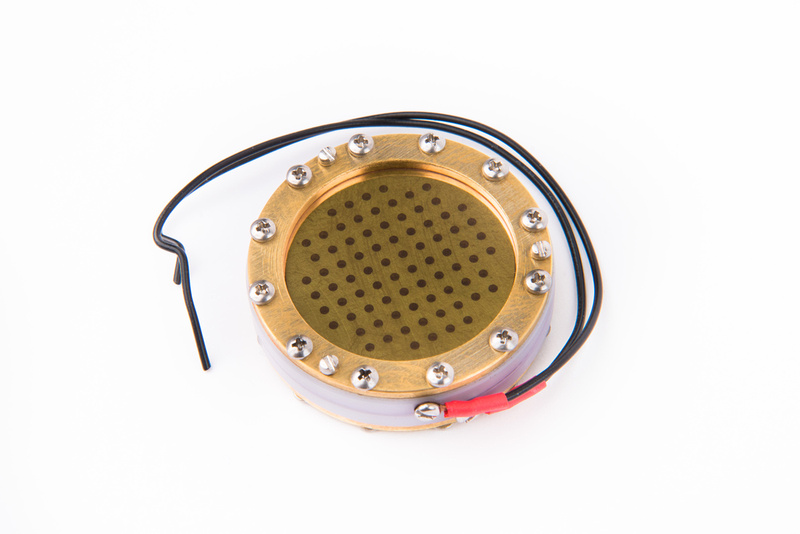Category 5 said:
Hey Mat. I'm sure it's been covered but I can't for the life of me find it. What was the determining factor to go for -1V for the bias voltage rather than the original spec. -1.1V and how would that affect the final sound. The reason I ask is because two of my matched pair (capsules/tubes/etc.) sounded different and one sounded slightly more vintage. When I re-biased them for the matched tubes I noticed the bias had drifted below -1V on the one that was more "milky" while the second mic was still right at -1V and sounded much more open.
Is there a way to measure the exact bias each tube wants? Can a .1V variance really produce an audible difference? It's so difficult to test in application because it become impossible to maintain exact distance, performance dynamic, etc. between adjustments.
Each tube will have a particular "optimum" bias point based on it's exact parameters (rp, gm, mu, etc) and the exact impedances that are connecting it in circuit.
The -1V point was my best swag based on the test tubes I installed in the dozen or so prototypes that were built and tested. There is no "just one" bias point to cover every tube, just like there is no single source resistor to handle every JFET (since every JFET has a different gm, VGSoff, etc).
"Optimum" is also overloaded, as you can optimize for different things. The C12 circuit is "middish" gain (like 8-10dB), and I think was optimized to larger signal swings at the grid to give more headroom for very dynamic capsules. I think sensitive large diaphragm condenser capsules are capable of near 1V signal peaks on close-miked loud sources, so that was the optimization point I picked.
A -1V bias gives 2V peak-to-peak input signal swing (actually a bit more, since the tube will still function properly when the grid goes positive WRT the cathode), so that seemed like a reasonable range.
If you want to get super pedantic, you need to bias the tube just like a JFET: with a maximal signal swing test. You dial up the bias resistor to maximum, and inject a 100mV 1kHz sine wave and increase the amplitude until one side of the signal (measured at the plate) starts to squash out and distort (this will generally be the bottom half of the signal, where the grid is driven positive and then rapidly goes non-linear). Then you lower the cathode resistor until symmetry is perfect again. Then start increasing amplitude again. You'll reach a point when as you increase the signal more, both the positive and negative peaks start to squash about equally. This is the optimal bias point, where "optimum" means "maximum input signal headroom", and NOT maximum gain!
This circuit is very flexible: you can lower the plate resistor which increases the current and increases the slop of the load line. Gain drops, but you can move the bias point lower and the circuit can take even higher signal swings with no distortion. I've used a 68K load resistance and a -1.5V bias point, and the circuit can swing 3V PTP. It really didn't sound any different to me though (I may have not been really abusing the capsule, like close miking a kick drum from 6" away).
However -1V should work in Most CasesTM.





















![Soldering Iron Kit, 120W LED Digital Advanced Solder Iron Soldering Gun kit, 110V Welding Tools, Smart Temperature Control [356℉-932℉], Extra 5pcs Tips, Auto Sleep, Temp Calibration, Orange](https://m.media-amazon.com/images/I/51sFKu9SdeL._SL500_.jpg)












